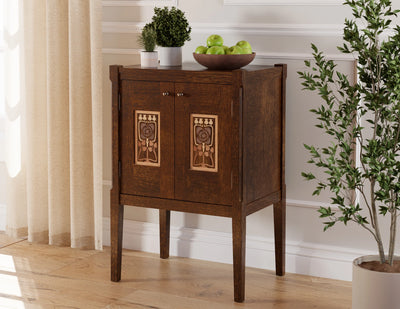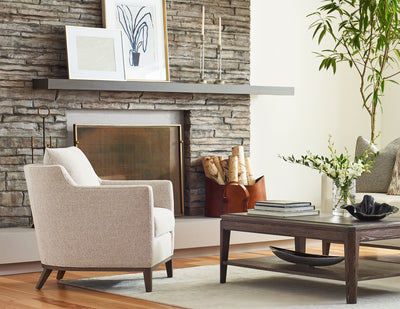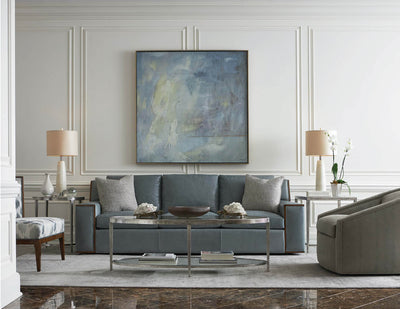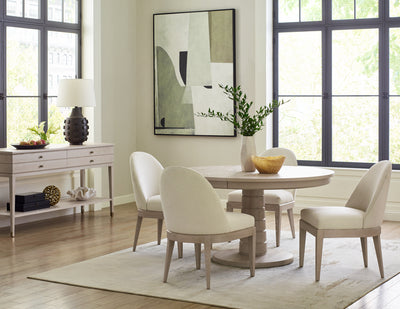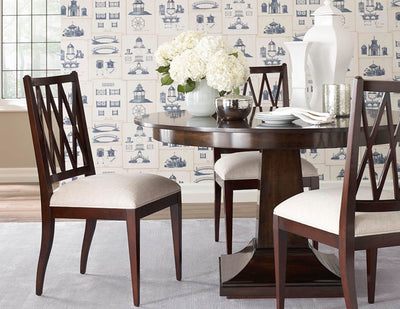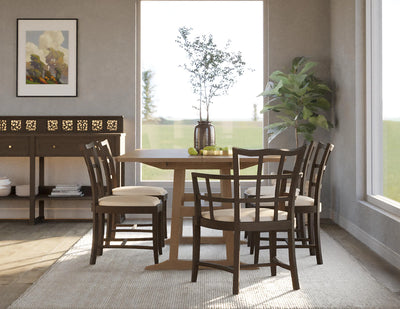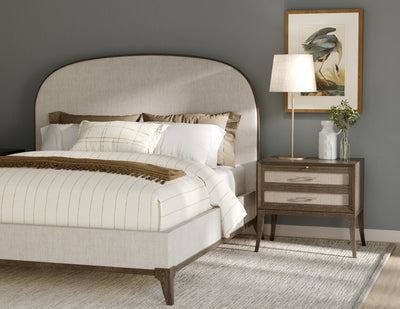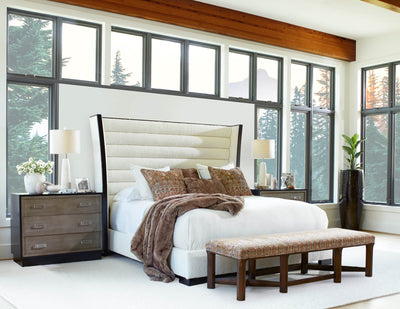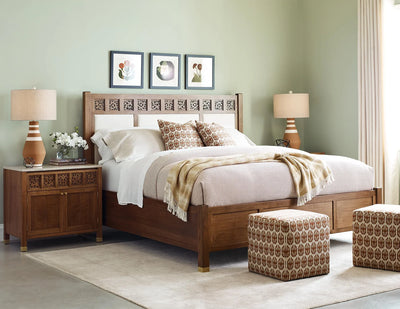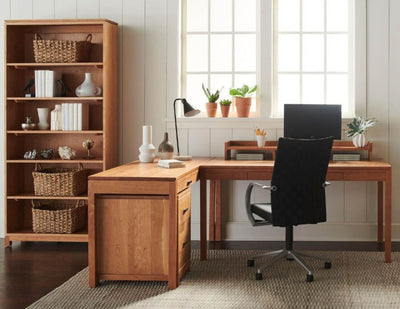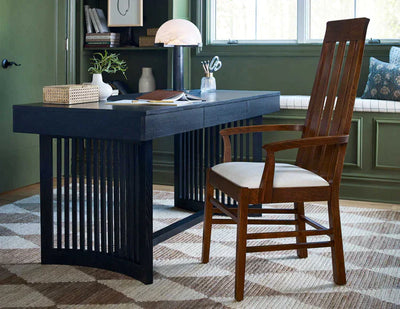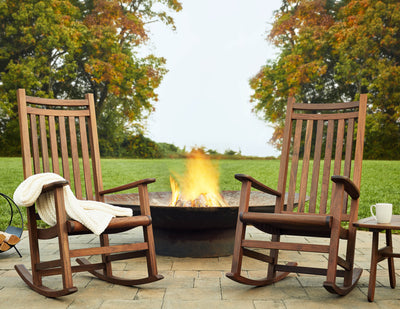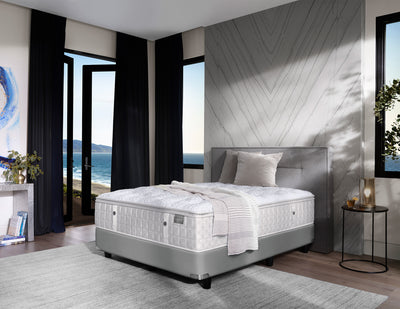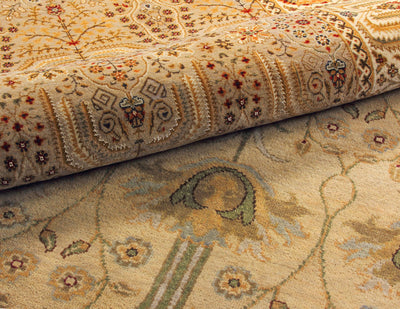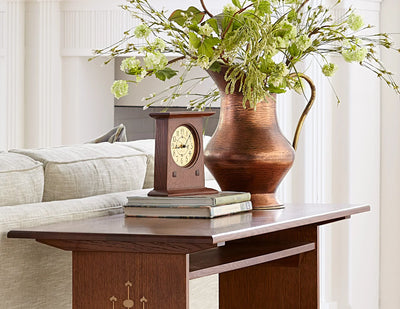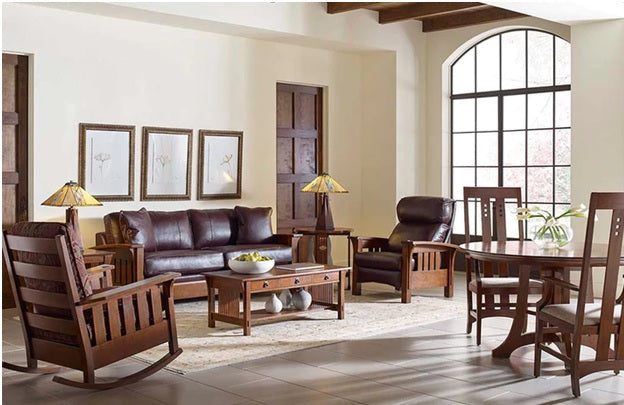
Craftsman Furniture Guide: History and Style
Craftsman furniture is simple and beautiful, made with functionality and durability in mind. This style of furniture, pioneered by our founder Gustav Stickley has remained popular for its timeless style.
Stickley Furniture continues to celebrate what makes Craftsman furniture special and guide people who want to understand this style so they can incorporate it into their own homes.
This Craftsman furniture guide that delves into the history and qualities of this enduring furniture style.
The History of Craftsman Furniture
Craftsman furniture is a style of furniture developed at the very start of the 20th century by Gustav Stickley, who wanted to create furniture that was both beautiful and functional, and that celebrated the natural beauty of the materials being used.
Craftsman style (also known as Mission furniture) was part of the larger Arts and Crafts movement, which was a reaction against the industrialization of society. The movement sought to promote the importance of traditional craftsmanship and the value of handmade, high-quality goods.
Stickley’s furniture was characterized by clean lines, exposed joinery, and a lack of unnecessary ornamentation. The focus was solely on the beauty of the materials and the quality of the craftsmanship. The furniture was often made from solid hardwood, primarily oak, and the wood was often quarter-sawn, which produced a distinctive grain pattern.
Gustav Stickley founded a furniture company in Syracuse, New York, in 1900, later called the Craftsman Workshops. He was committed to producing high-quality furniture that was affordable and accessible to the middle class.
Stickley's furniture was specifically characterized by its simplicity and its use of exposed joinery. He believed that furniture should be both attractive and functional, and that it should be made to last year after year. His designs were influenced by William Morris and the English Arts and Crafts movement, and later by American architects such as Frank Lloyd Wright and Louis Sullivan.
Stickley’s furniture was an immediate success, and he soon became one of the most influential furniture designers of his time. His furniture was sold out of his own workshop, as well as in department stores and mail-order catalogs. He also published a magazine called The Craftsman, which promoted the Craftsman style of furniture and the values of the Arts and Crafts movement.
The Craftsman style waned in popularity by the onset of the first World War, but the later decades of the 20th century saw a renewed interest in the style and resurging demand from homeowners. Many furniture makers still produce Craftsman-style furniture, and antique Craftsman furniture remains highly sought after by collectors and enthusiasts.
If you are new to this kind of furniture, here are some of the standout qualities to look for that define these pieces. This way you will be able to identify Craftsman furniture properly when shopping.
Look for the Hallmarks of Craftsman Furniture
Craftsman furniture is known for its high-quality materials and expert craftsmanship. One of the hallmarks of this style is the use of solid wood in its construction.
Another hallmark of Craftsman furniture is its simple, yet elegant design. The furniture is often characterized by simple and functional designs that are not overly elaborate. The focus is on the beauty of the materials and the quality of the craftsmanship.
Examine the Joinery
One of the most significant indicators of authentic Craftsman furniture is the quality of the joinery. In Craftsman furniture pieces, the joinery is often exposed and used as a design element. The joints are typically strong and precise, with no visible gaps or screws. The most common types of joinery used in Craftsman furniture include mortise and tenon, dovetail, and finger joints.
The Craftsman Style
From quadrilinear posts to dovetailed cross rails, there are certain elements to Craftsman furniture that define it. The overall appearance and style of these furniture pieces trend toward being simple and stately, with clean lines, large pieces of solid wood, and warm tones.
Check for Labels and Signatures
Antique Craftsman furniture is often labeled or signed by the maker. Look for labels or signatures on the underside of drawers or the back of the furniture. These labels or signatures can provide valuable information about the maker, the date of production, and the materials used.
Research the Maker
If you are interested in purchasing or identifying Craftsman furniture, it is essential to research the maker. Look for information online, in books, or at local antique shops. The more you know about the maker and the style of furniture, the easier it will be to identify authentic pieces.
The Leaders When It Comes to Craftsman Furniture
ShopStickley.com is the retail division of L. & J.G. Stickley, the company carried on by Gustav’s brother Leopold and John George, who worked with him as he launched the Craftsman style. Stickley has more than 120 years of history manufacturing fine furniture, and continues to use the latest trends and technologies to improve on its designs and sustainability.
Take a look at our About Us page to learn more about Stickley’s impactful mark on Craftsman, or Mission, furniture and see how we shaped this style throughout history. If you want Craftsman furniture, we are the ones who made it happen and continue to define this beautiful furniture style.

For a taste of the traditional style designed for modern functionality, our Craftsman Console might be the perfect addition to your home. Honoring the beauty and simplicity of the Arts and Crafts ideal, this elegant piece can become a functional part of your living room or bedroom.

